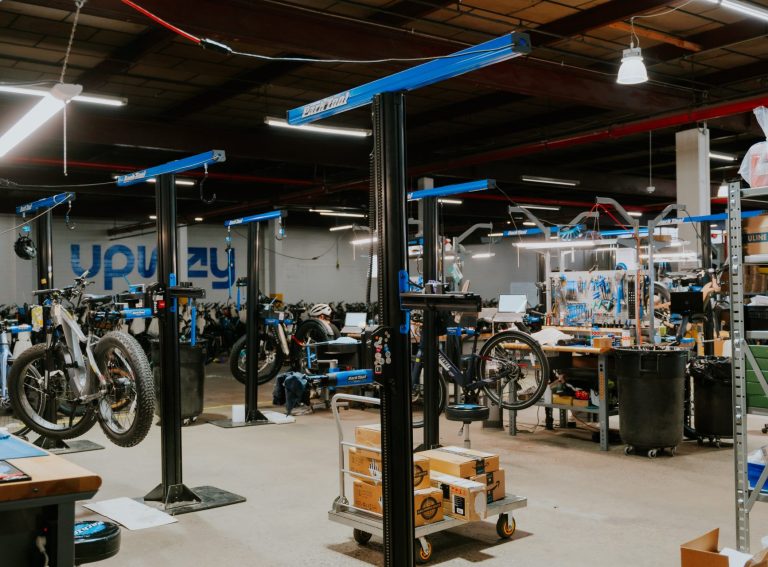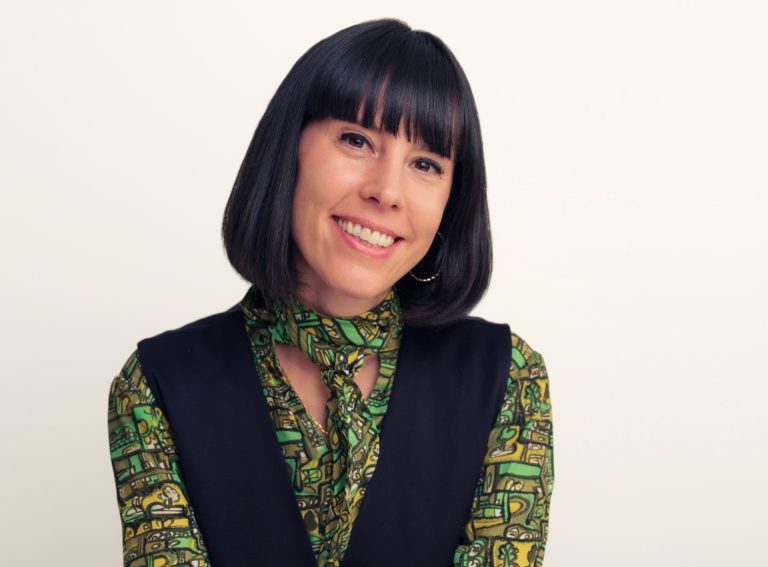Image Credit: Rikke Dahl Monsen / City of Oslo.
MOVE21 would not exist without Tiina Ruohonen.
Project Coordinator and Senior Advisor at the City of Oslo, Tiina launched the EU-funded innovation project to transform European cities by accelerating their transition to net zero.
“I remember it vividly,” Tiina says. “I went to my colleagues and I said ‘I think I have a plan.’”
Zag Daily: Why did you start the MOVE21 project?
Tiina: “I realised that there were huge gaps in the way we talk about and view urban mobility, and mobility innovation is often disjoined from other industries. Cities have strong transport planners doing transport planning, and urban planners doing urban planning, but they don’t always speak to each other or other sectors in the city which generate the demand for transport. I initiated MOVE21 to look beyond transport as an individual sector and collaborate more with the rest of the city. Luckily, enough people in Oslo and other cities as well as in the private sector entertained my ideas.”
Zag Daily: How does MOVE21 unite transport, urban planning and social services?
Tiina: “I’ll use the example of Hamburg which is a participating city of MOVE21. In Hamburg, we realised that politicians were more willing to consider the creation of an urban logistics consolidation hub if we added a social dimension to it. So we combined the logistics hub, where businesses consolidate their goods for last mile deliveries, with social services in the same building. For example, the same site offers food for homeless people in Hamburg, there’s a social kiosk for advice and a shop which provides necessities from clothing to toothpaste. It’s a basic social service that the city would be offering elsewhere but having it in the same building as the logistics hub made it possible for the hub to even exist, while generating greater public acceptance in the city.”
Zag Daily: So is transport integration about getting policymaker approval?
Tiina: “It’s about being smart with urban space and asking ourselves how we can combine services to make sustainable urban logistics more palatable. Urban space is very scarce – it’s probably the biggest source of conflict in cities and dense environments. Everyone is fighting for space whether it’s for mobility hubs, vehicles, or any transport mode or form of activity on the streets. It’s particularly hard to find suitable locations for urban logistics sites because it’s not prioritised by local authorities. Urban logistics is seen as ugly, inconvenient and something that generates traffic – everything that local authorities don’t want to have in their city. There’s always another service that policymakers could be assigning city space to, so it’s about making a good business case for smart urban logistics which means enabling the holistic benefits.”
Zag Daily: How does treating transport holistically benefit the service provided to users?
Tiina: “When transport is viewed in isolation, we get suboptimal solutions which forget the human dimension. Planning authorities are very comfortable planning for numbers, but often forget that these numbers are people. A lot of the time, there’s conflict between urban planning and transport planning and different ideologies involved. When collaboration takes place across sectors, we can truly understand people’s mobility behaviour and cater for that. This is also true for cities’ collaboration with the private sector and research.
“There also needs to be more talk with the sectors that are creating the demand for transport. Traditional transport planning doesn’t do that, but I think if you really want to impact the way urban mobility works then you need to be speaking to the sectors that are creating the transport demand like healthcare for example. Ultimately, the ambition of the MOVE21 project is to achieve a 30% reduction in transport-related emissions by 2030. To achieve that, we must be targeting those sectors that don’t think about transport as their core business at all because it’s not in their domain, and we need to understand how we can work together to get people using more sustainable modes of transport across all industries.”
Zag Daily: What are some innovations MOVE21 cities are working on to meet that target?
Tiina: “The cities are working on some promising innovations but at the end of the day if these innovations can’t be scaled then we won’t see the reductions in emissions. This is key. I’m impressed by how Munich is scaling its mobility points, which are hubs that augment existing services like trains and metro stations with bikes, cargo bikes, shared cars and scooters. Munich has around 200 of these hubs and is really focusing on how to make them work in different configurations. It’s inspiring to see because they’re demonstrating how to reach economies of scale and encourage people to park their cars for good. To reach economies of scale, cities need to make their innovations work alongside private partners because, yes, you can subsidise parts of it but ultimately the business model needs to be financially sustainable.”
Zag Daily: Oslo is the Project Coordinator for MOVE21, and the city is aiming for a greenhouse gas emission reduction of 95% by 2030. What lessons can be learned from Oslo?
Tiina: “Enforce a dedicated Climate Budget. One of the great actions Oslo took nearly 10 years ago was creating a Climate Budget which enforces government climate innovation alongside a fiscal budget. We keep ourselves and every agency in the city accountable in the same way you would for a country’s fiscal budget, and it’s a critical governance tool for climate change mitigation and prioritising tangible policies.
“On transport specifically, Oslo has come very far in electric vehicle market penetration through offering incentives and well-developed charging infrastructure. Norway is working towards having 100% of its new cars sold by 2025 to be zero-emission, and that’s a goal that cities can definitely take from us. Having said that, while we agree that cars should be electric, we need to have the conversation of whether everyone should own a car to begin with.”
Zag Daily: What is Oslo working on for transport in the next year?
Tiina: “I can’t say too much, but we’re working on a very important strategic plan which will set out the priorities for Oslo’s transport sector. In terms of infrastructure, we’re building a new eight-kilometre metro line into neighbouring municipalities which is currently our largest project. Softer measures will be announced next year.”
Zag Daily: Who is one woman in the transport sector that inspires you?
Tiina: “Elke Van den Brandt, Brussels’ transport minister. She is fearless, eloquent and visionary. She has shown that you can create a city for people rather than cars even in a city that loves its cars.”





